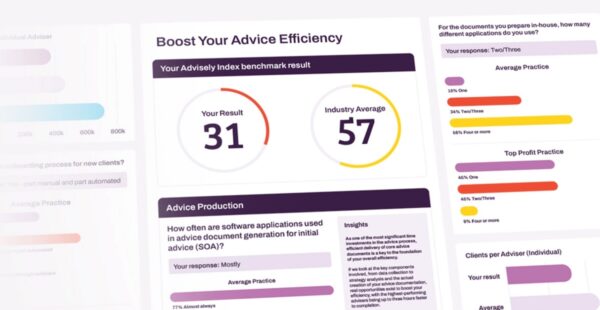Clear guidelines could dispel digital advice myths

The financial services industry has always been concerned that digital advice does not meet the compliance requirements of Australia’s regulators. But Craig Keary, the Asia Pacific CEO at Ignition, said this should not be the case.
Research conducted by Ignition showed that digital financial advice is currently achievable, can be compliant and is supported by the Australian Securities and Investments Commission (ASIC). There is also a clear and logical pathway for institutions to deliver digital advice as required by the regulators.
“There is a real desire by all parties to lower the cost of advice and to make advice more accessible for Australians,” Keary said.
“To deliver on this, advice needs to be delivered at scale and complement the face-to face, comprehensive advice model. Digital advice can be part of the solution.”
Keary said that conversations with institutions about the role of digital advice revealed a significant amount of confusion about compliance considerations. According to Ignition’s research, institutions found it difficult to navigate these uncertainties when offering digital advice solutions to customers.
The analysis also showed that apprehension towards the compliance of digital financial advice was hampered by three main myths.
“The first myth is that ASIC is not supportive of digital financial advice solutions and in particular single issue advice,” Keary said.
“However, the reality is that scaled advice is permitted by law and indeed is encouraged by ASIC… ASIC has provided considerable guidance on how to provide single or limited issue advice, and that guidance is appropriate whether the solution is human or digital.”
The second myth is concerned with whether institutions are able to recommend their own products to consumers. Keary said that these concerns arose out of the second ‘safe harbour’ test in the Future of Financial Advice reforms, which requires advisers to reasonably investigate which financial products would best achieve the customer’s objectives.
“However, ASIC has issued guidance that product providers can reliably follow to deliver single issue personal advice on their own products,” he said.
The ‘scope of advice must be understood and agreed’ obligation is different for product providers who offer personal advice on their own products, particularly when provided digitally.”
The third myth Keary seeks to dispel is whether a technology-based approach can meet the compliance requirement of the ‘best interests duty’.
“Digital advice has evolved to a point where it can fully satisfy the best interests duty,” Keary said.
“Institutions that recognise the intrinsic value that digital advice solutions can bring will reap the rewards of reduced operational and regulatory risk, and less time and cost spent on compliance.
“Ultimately, digital advice helps more people access affordable, flexible and high-quality advice when they need it most – closing the advice gap and increasing societal financial wellbeing.”












Its in existing law.SOCIAL SECURITY ACT 1991 - SECT 1223Ahttps://www.austlii.edu.au/cgi-bin/viewdoc/au/legis/cth/consol_act/ssa1991186/s1223a.html
Can someone point out where, in the Exposure Draft, the Centrelink assessment would be from the start of the pension…
Offer the exit door on these old products, then set a 5 year Centrelink clawback Hammer to the head. Awesome…
Wholesale should be opt in for all clients, and be extended to super advice and risk.
Misses the point. Plus I don't get it. Then SMSF Trustees should also need to sit an exam, AND people…